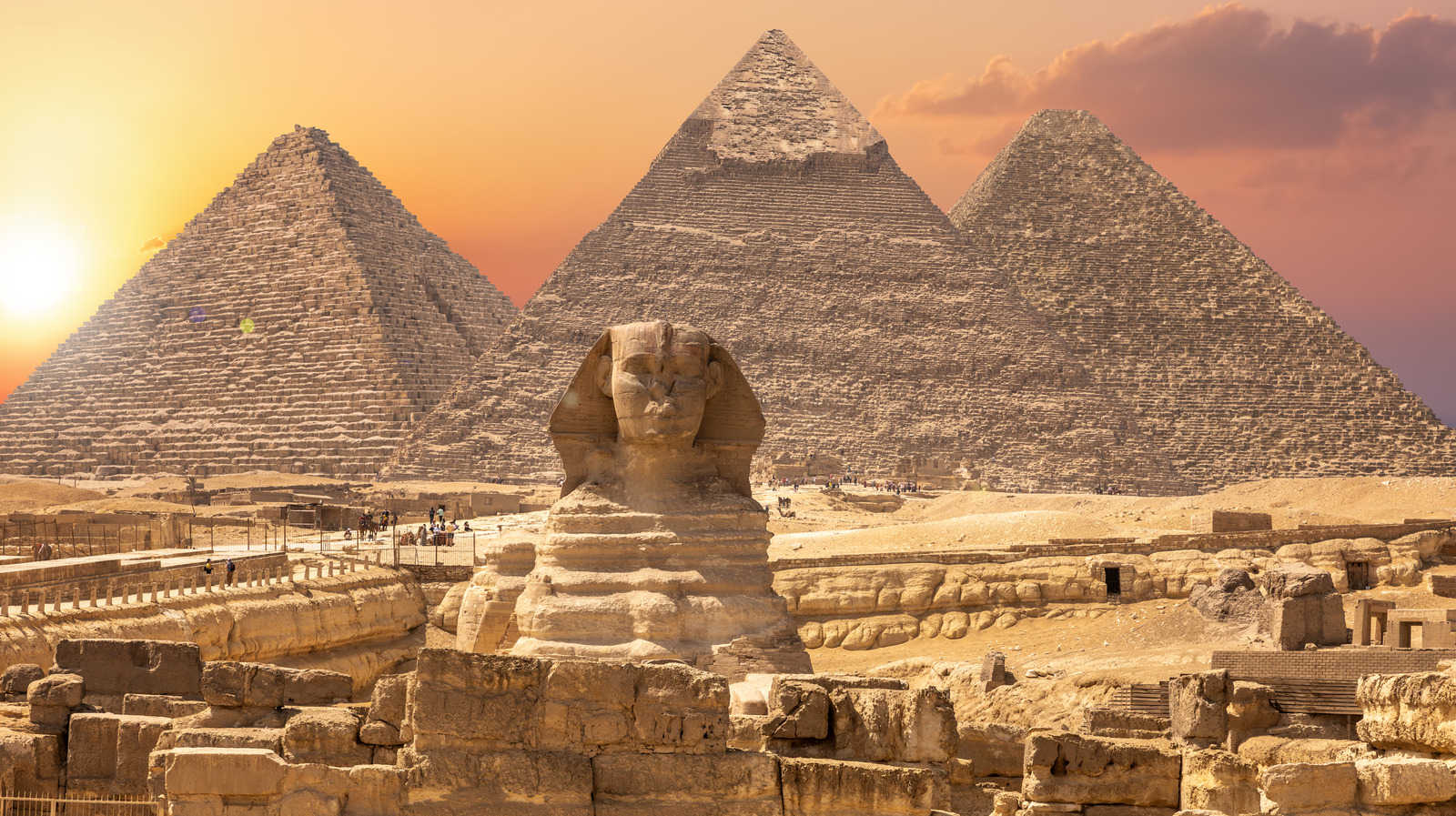Discover the timeless allure of Luxor, the world's greatest open-air museum. Luxor offers an enchanting journey through an ancient world with its monumental temples, tombs, and ruins. Join us as we uncover the splendors of this ancient city.
The History of Luxor City

Luxor, once the ancient city of Thebes, has been a beacon of ancient civilization for millennia, embodying the pinnacle of Egyptian cultural and spiritual life.
Luxor’s Early History
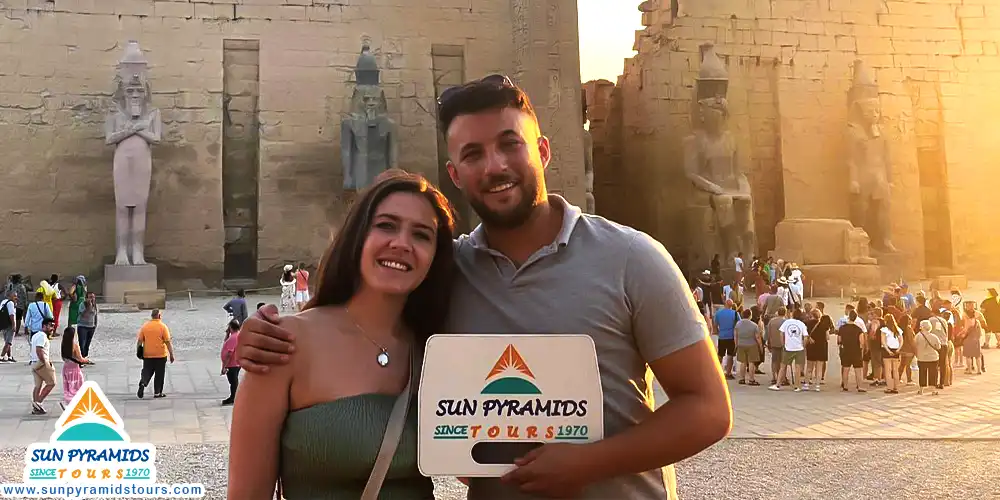
Luxor, originally a small settlement, ascended to become the esteemed religious capital of Egypt, celebrated for its majestic temples and pivotal role in governance. Known in ancient times as Thebes, it served as the capital of Upper Egypt during the influential New Kingdom era. This city, identified in hieroglyphs as "Waset" or "city of the scepter," evolved into a major center for worship and political strategy.
Luxor's Early History reveals that the Greeks referred to it as Thebai and the Romans as Thebae, recognizing its significance with names like "the city of the 100 gates" and occasionally "southern Heliopolis" to differentiate it from Heliopolis in the north, the principal worship site for the god Ra. Its strategic location and religious stature made it an indispensable junction of spirituality and authority in ancient Egypt.
Luxor’s Development and Prosperity
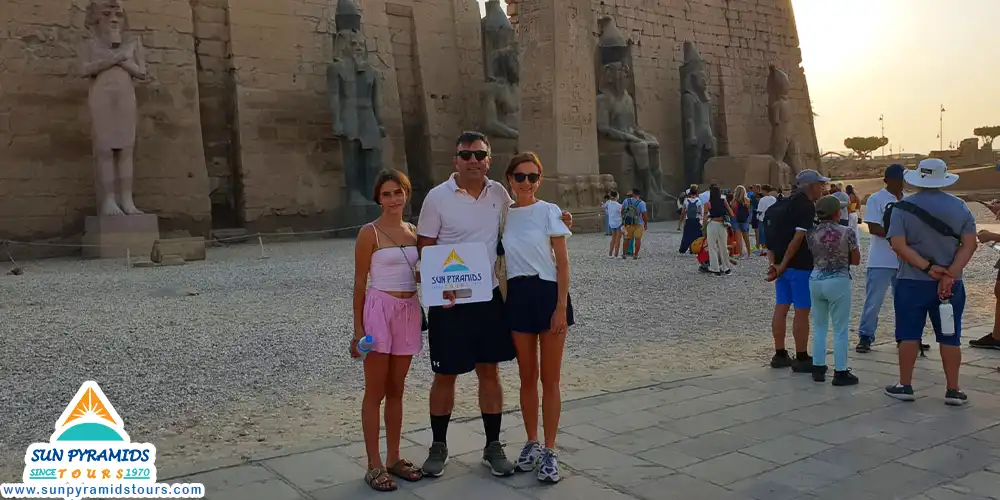
Under the rule of the New Kingdom pharaohs, Luxor flourished, becoming a hub for arts, politics, and religion, significantly influencing the ancient world. This era marked a period of extraordinary development and prosperity, particularly following its establishment as a pivotal city during the 11th Dynasty under Montuhotep II. Luxor's development and prosperity were further catalyzed as he united Egypt after the First Intermediate Period, ushering in an era of stability and growth.
Expanding its reach to regions such as Kush, Canaan, Phoenicia, and Syria, the city accrued immense wealth and rose to global prominence. From the 18th to the 20th Dynasties, Luxor was the political, religious, and military epicenter of Ancient Egypt, crucial in ousting the Hyksos invaders and reinstating native sovereignty in Upper Egypt.
Cultural Interactions and Decline
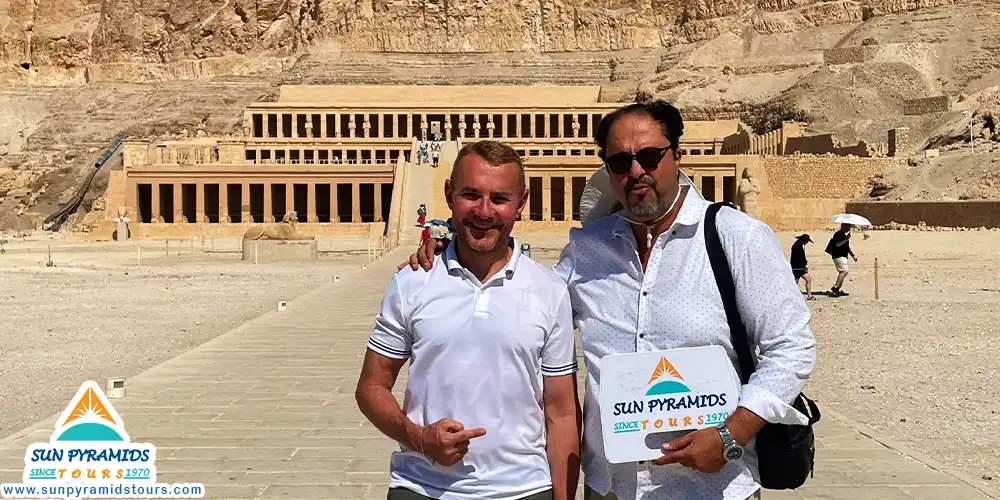
Once a bustling metropolis, Luxor’s importance waned over time due to shifting political centers and the rise of new trade routes. Historically revered as Thebes, the city faced significant challenges when it was conquered by the Assyrian emperor Ashurbanipal, who installed Psamtik I as the new ruler. This period marked a dramatic shift as Thebes suffered extensive damage and its influence diminished. Despite these adversities, the city continued to hold religious significance, particularly evident when Alexander the Great visited the temple of Amun during the Opet Festival, a time when the statue of the god was traditionally moved from Karnak.
Throughout these transitions, Thebes managed to retain a spiritual presence, attracting Christian monks from the Roman Empire who founded monasteries among its ruins, such as the notable temple of Hatshepsut, now known as Deir el-Bahri. This enduring spiritual role highlighted the city’s resilience and its continued relevance as a site of profound cultural and religious interaction even into the Christian era.
Religious Capital and Major Attractions
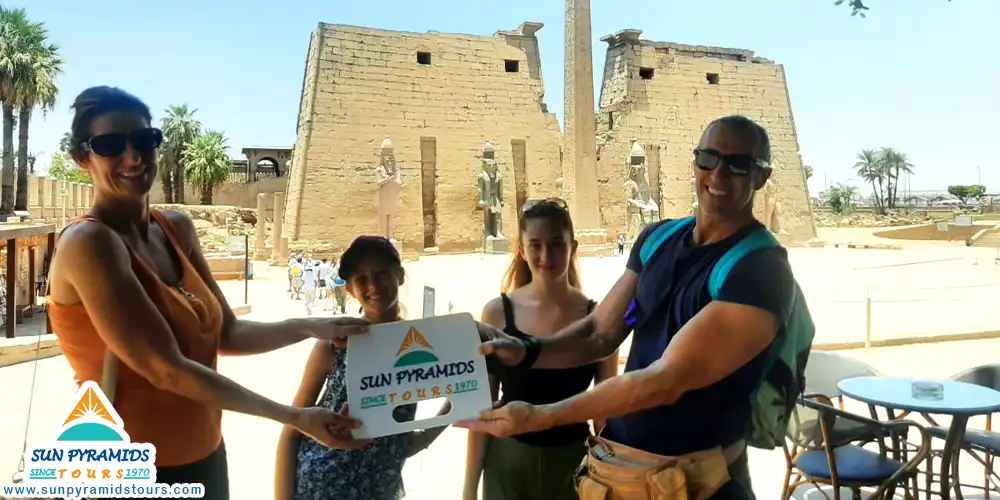
Despite political shifts, Luxor remained a spiritual powerhouse, home to Karnak and other majestic temples dedicated to the gods of ancient Egypt. As the revered city of Amun-Ra, Thebes continued to serve as the religious capital until the onset of the Greek period. The primary deity, Amun, was venerated alongside his consort Mut and their son Khonsu, the moon god.
This divine triad underscored Thebes’ religious significance, particularly as Amun ascended in prominence, merging with the sun god Ra to form Amun-Ra, the supreme 'king of gods.' His grand temple at Karnak, situated just north of Thebes, stood as Egypt’s most significant religious site throughout antiquity, a testament to the enduring spiritual legacy of Luxor even amidst changing political landscapes.
Christian and Muslim Eras
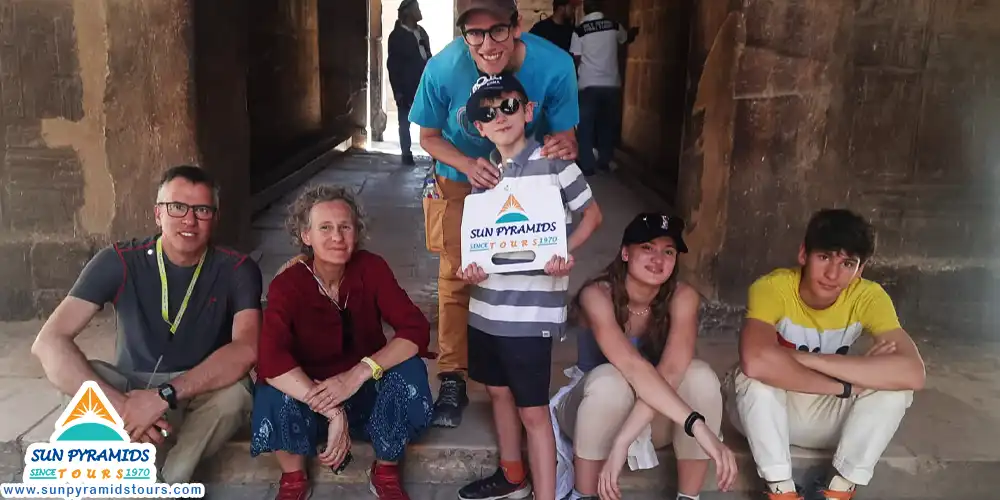
Luxor transitioned through the Christian era with numerous monasteries and later, through Islamic influence, which transformed part of its temple into a mosque. After the Muslim conquest of Egypt, a significant transformation occurred at the Luxor Temple, a historical site that had previously served as a church.
This site was converted into the Abu Haggag Mosque, which stands to this day, serving as a profound symbol of the cultural and religious layers that define Luxor. This mosque, integrated into the fabric of the ancient temple, exemplifies the seamless blend of historical timelines and religious practices that continue to coexist in Luxor, marking it as a unique crossroads of faiths and eras.
European Exploration and Modern Tourism
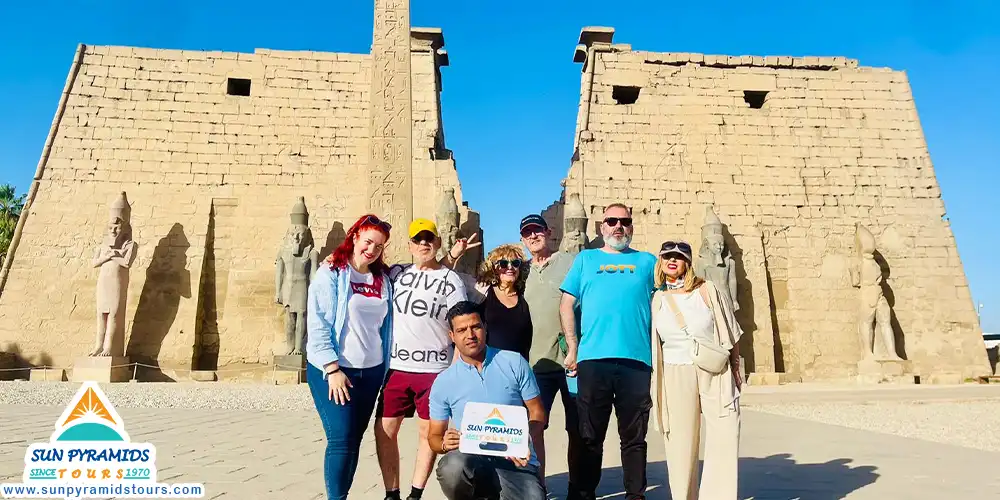
By the 18th century, Europeans documented Luxor’s historical treasures, paving the way for its emergence as a prime destination for global travelers. The influx of European visitors, including notable figures like Claude Sicard, Granger, Frederick Louis Norden, Richard Pococke, and Vivant Denon, played a crucial role in this transformation.
These explorers published detailed accounts of their travels and the marvels they encountered, which captivated the imagination of the Western world. Their writings not only shed light on Luxor's profound historical significance but also sparked a growing interest in Egyptology and the preservation of its antiquities. By the 20th century, this heightened awareness and fascination had established Luxor as a major tourist destination, attracting scholars, adventurers, and tourists eager to witness its ancient splendors firsthand.
Best Attractions in Luxor
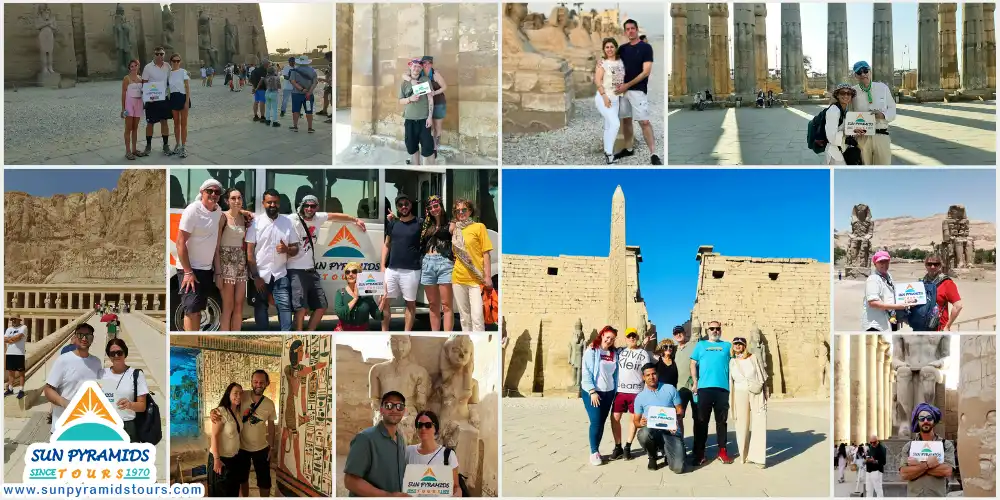
Luxor divides its treasures between the East and West banks, each offering unique insights into ancient Egyptian life and beliefs.
East Bank Attractions
-
Luxor Temple: A majestic testament to Egypt’s religious heritage, standing tall since 1400 BCE.
-
Karnak Temple: An expansive complex that showcases remarkable pharaonic architecture and history.
-
Luxor Museum: Features a refined collection of artifacts from the Theban temples and necropolis.
-
Mummification Museum: Reveals ancient mummification art and tools, shedding light on Egyptian burial practices.
-
Winter Palace Hotel: A historic hotel offering colonial charm with views of the Nile.
-
Luxor International Airport: Your gateway to this ancient city, connecting Luxor to the world.
West Bank Attractions
-
Valley of the Kings: The burial ground of Egypt’s rulers, with tombs including that of Tutankhamun.
-
Valley of the Queens: Resting place for queens and princes, featuring beautifully decorated tombs.
-
Medinet Habu: Known for its well-preserved reliefs and the mortuary temple of Ramesses III.
-
The Ramesseum: The memorial temple of Ramesses II, offering insights into his reign and achievements.
-
Deir el-Medina: The workers' village, home to the artisans who built the tombs.
-
Tombs of the Nobles: Provides a glimpse into the lives of ancient Egyptian nobility.
-
Deir el-Bahari (Mortuary Temple of Hatshepsut): A grand temple that highlights the achievements of one of Egypt’s female pharaohs.
-
Colossi of Memnon: Two massive stone statues of Pharaoh Amenhotep III, guarding the necropolis.
Promotional Conclusion for Sun Pyramids Tours
Embark on a magical 7-day journey or a shorter escapade with Sun Pyramids Tours to the heart of Luxor. Whether you opt for a luxurious Nile cruise or a comfortable stay in a hotel, travel in style by air or VIP train from Cairo or any other Egyptian city. Luxor awaits to tell its stories, not just to travelers seeking adventure but also as a perfect shore excursion from Egypt’s ports like Sokhna, Alexandria, and Port Said. Discover the wonders of Luxor with us, where every step tells a story of glory and every stone holds a whisper of the past.
Why do I book with Sun Pyramids Tours?
1) Expertise and Experience: Sun Pyramids Tours has a wealth of 53 years of experience in the travel and tourism industry.
2) Customized Itineraries: Sun Pyramids Tours offers tailored itineraries to suit your preferences. Whether you're interested in historical sites, cultural immersion, or adventure activities, we can design a tour that matches your interests.
3) Local Connections and Insider Access: Sun Pyramids Tours can provide you with unique opportunities and insider access to attractions and experiences that may not be easily accessible to independent travelers.
4) Hassle-Free Planning: Sun Pyramids Tours can take the stress out of planning your trip. We handle all the logistics, including accommodations, transportation, and guided tours, at competitive prices… Relax and enjoy your vacation without worrying about the details.
5) Customer Satisfaction: Sun Pyramids Tours prides itself on providing excellent customer service and ensuring customer satisfaction. They strive to meet and exceed your expectations, making your trip enjoyable and memorable. Add trip advisor reviews, Facebook page reviews, etc.
6) Safety and Security: Sun Pyramids Tours prioritizes the safety and security of their guests. We work with trusted partners, adhere to safety guidelines, and provide support throughout your journey to ensure a safe and comfortable travel experience.
Egypt warmly welcomes visitors with its majestic Nile River, desert landscapes, and the fertile Delta, along with its remarkable and awe-inspiring landmarks. With our Egypt tour packages, you’ll have the chance to uncover the most mesmerizing wonders of the land of the Pharaohs, including the iconic Giza Pyramids, the Great Sphinx, Abu Simbel, the Karnak temples, and so much more. The Nile River is also the perfect setting for one of our Nile cruises, where you can sail through history, admiring the magnificent monuments between Luxor and Aswan. The opportunity is right here for you—don’t miss out, book with us today!

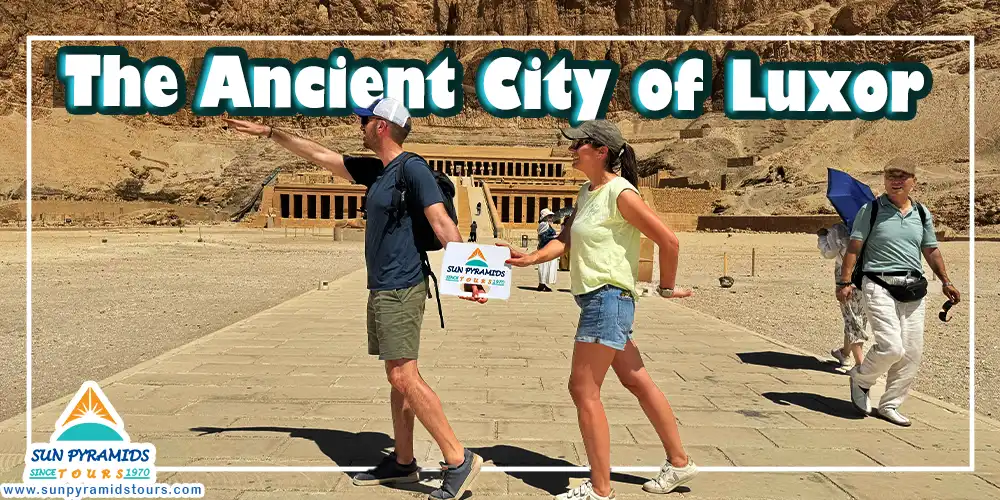









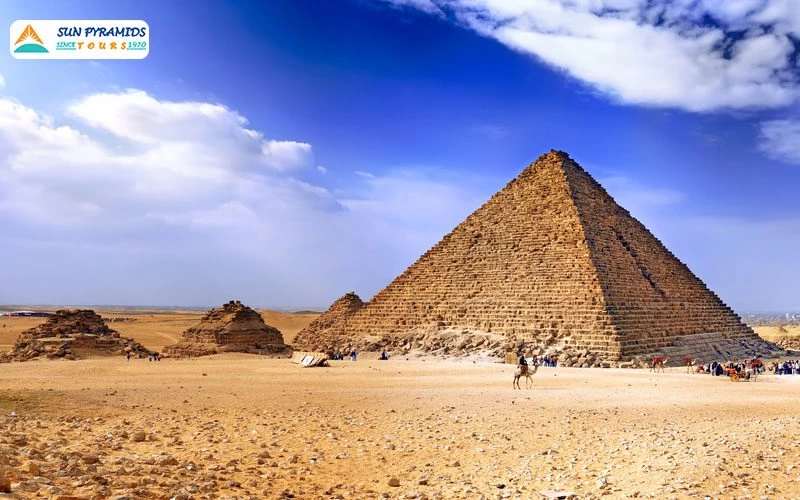
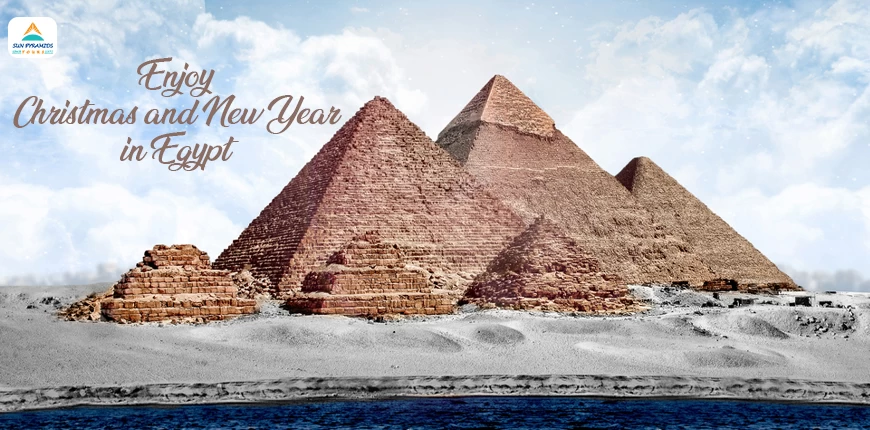
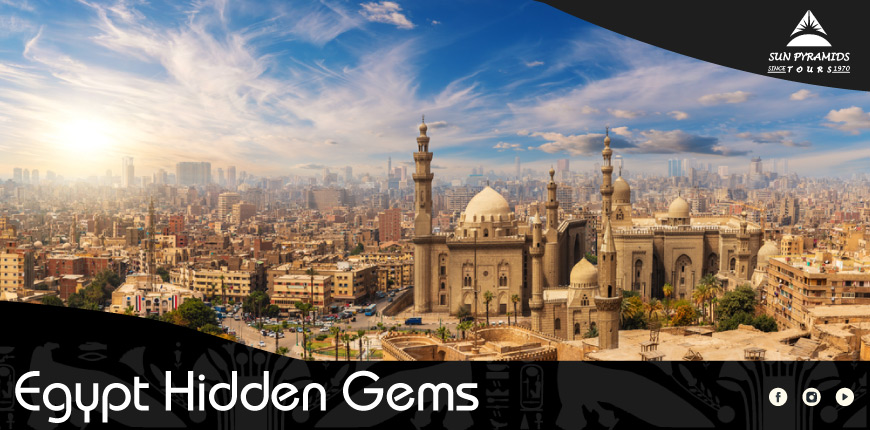

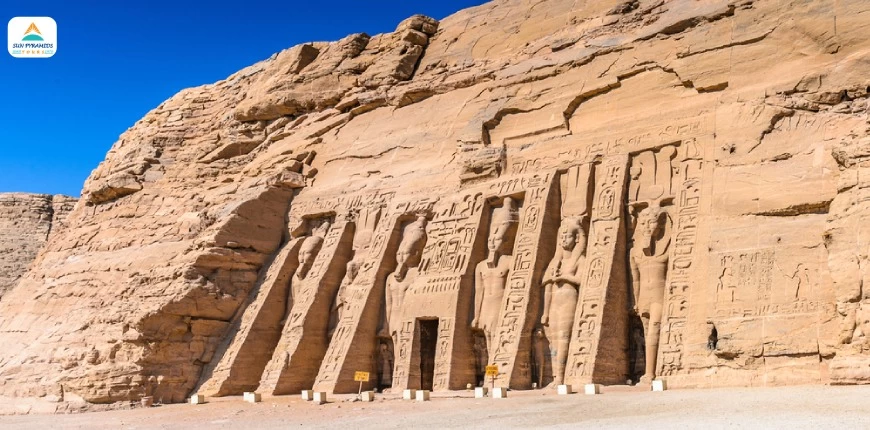

.jpg)
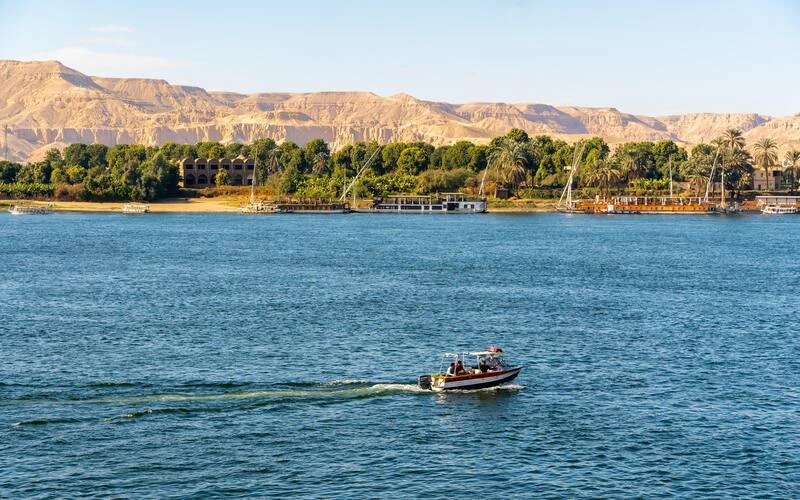
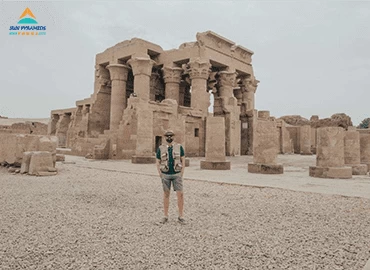
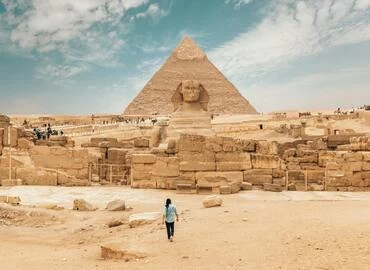
.webp)
